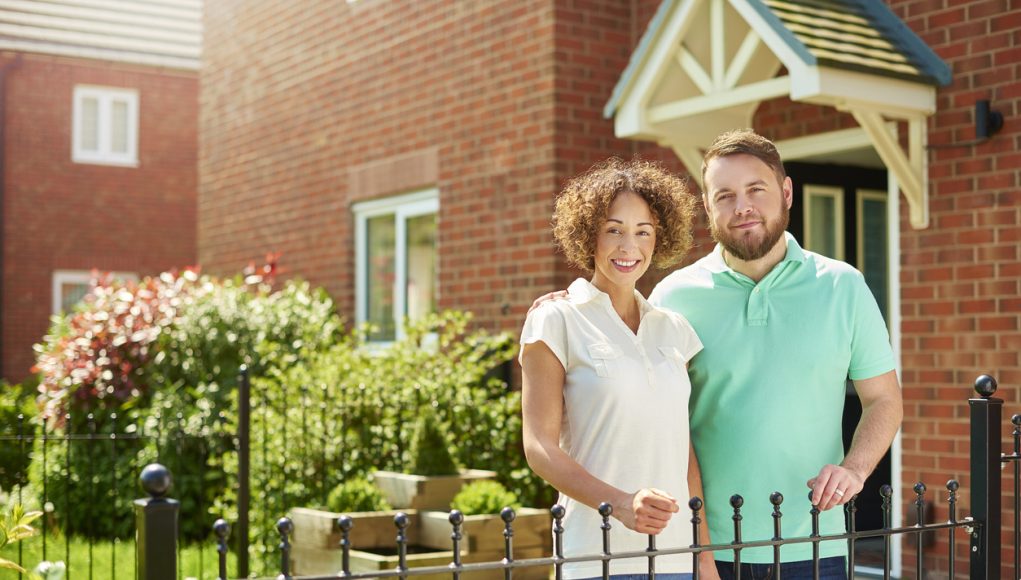Most homeowners want the value of their home to rise over their time owning the home. Performing maintenance and addressing issues helps, but what about home improvements? There are multiple home improvements you can make to a house to increase its value. The cost of making the improvement may add significant value to your home. Follow this advice if you want to increase the max value of your home.
Curb Appeal Matters
Increasing the curb appeal of your home is one of the first steps you can take to increase its value. How your home looks from the street is the first impression people have of it. Well-maintained landscaping and a painted house can go a long way in making your home appealing. You shouldn’t stop with just the exterior, though. An outdated kitchen or bathrooms can keep your property value down. Kitchen remodels especially are a great way to recoup value, as up to 81% of the cost may be added as value. Bathrooms often have the same effect and can deliver up to 70% of the cost of a remodel in home value.
Focus on Low Maintenance
Prospective homeowners don’t want a home that requires tons of yearly maintenance. Focusing on areas of your home that are problematic can increase your home’s value. For example, if you live in a windy area and the shingles on your roof are constantly blown off, consider a metal roof. A metal roof has a much lower maintenance cost for the long-term, compared to a traditional shingle or tile roof. Replacing old appliances and water heaters with new energy-efficient versions can help save money and add value.
Improve Energy Efficiency
Energy conservation is a big focus for homebuyers in today’s market. There are many improvements you can make in the name of energy-efficiency. Double-paned windows, insulation, LED lighting, and new appliances are just a few ways you can increase value. Consider scheduling an appointment with an energy auditor to see where you could make more energy-efficient improvements to your home.
Increase Floor Space
The square footage of a home is often the primary indicator of value. Price per square foot is one way realtors help their clients compare homes in terms of numbers. Bigger homes usually have a higher value, but smaller homes full of upgrades can command high prices too. Adding rooms can make your house bigger, but additional living space can be done in existing construction, with ease getting from floor to floor. For example, home lifts no longer need to be added to the outside of a home. Domestic lift advisory site, Home Lift Experts has some great information on the amount of space needed for a home elevator. Home lifts can add value to a home by providing freedom of mobility to those who usually need assistance.
Install Smart Devices
Smart devices installed in a home can help with security, fire detection, carbon monoxide levels, and more. Smart security cameras and door locks can allow you to see who is at the door even when you’re not home. While these home improvements may be novel now, they will become commonplace in about 20 years.
















